SWRA465A August 2014 – July 2015 CC2530 , CC2530 , CC2530-RF4CE , CC2530-RF4CE , CC2592 , CC2592
- Using CC2592 Front End With CC2530
- A Marker - Delta Method
- Revision History
4.7 Typical Performance Curves
TC = 25°C, VDD = 3.0 V, f = 2440 MHz, if nothing else is stated. All parameters are measured on the SimpleLink™ ZigBee® Network Range Extender Reference Design[3] with a 50 Ω load.
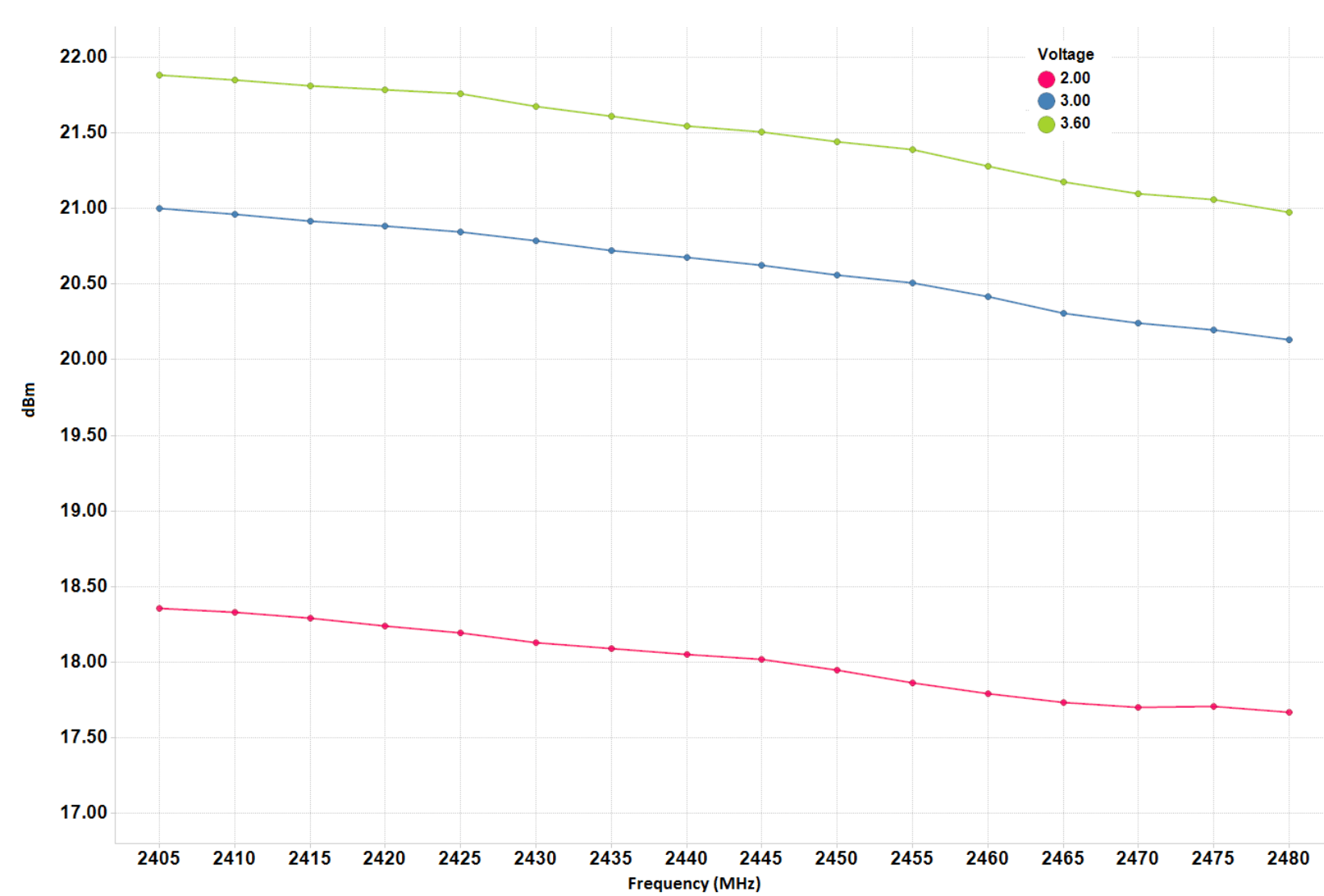 Figure 1. Output Power vs. Frequency and Power Supply Voltage, TXPOWER = 0xE5
Figure 1. Output Power vs. Frequency and Power Supply Voltage, TXPOWER = 0xE5 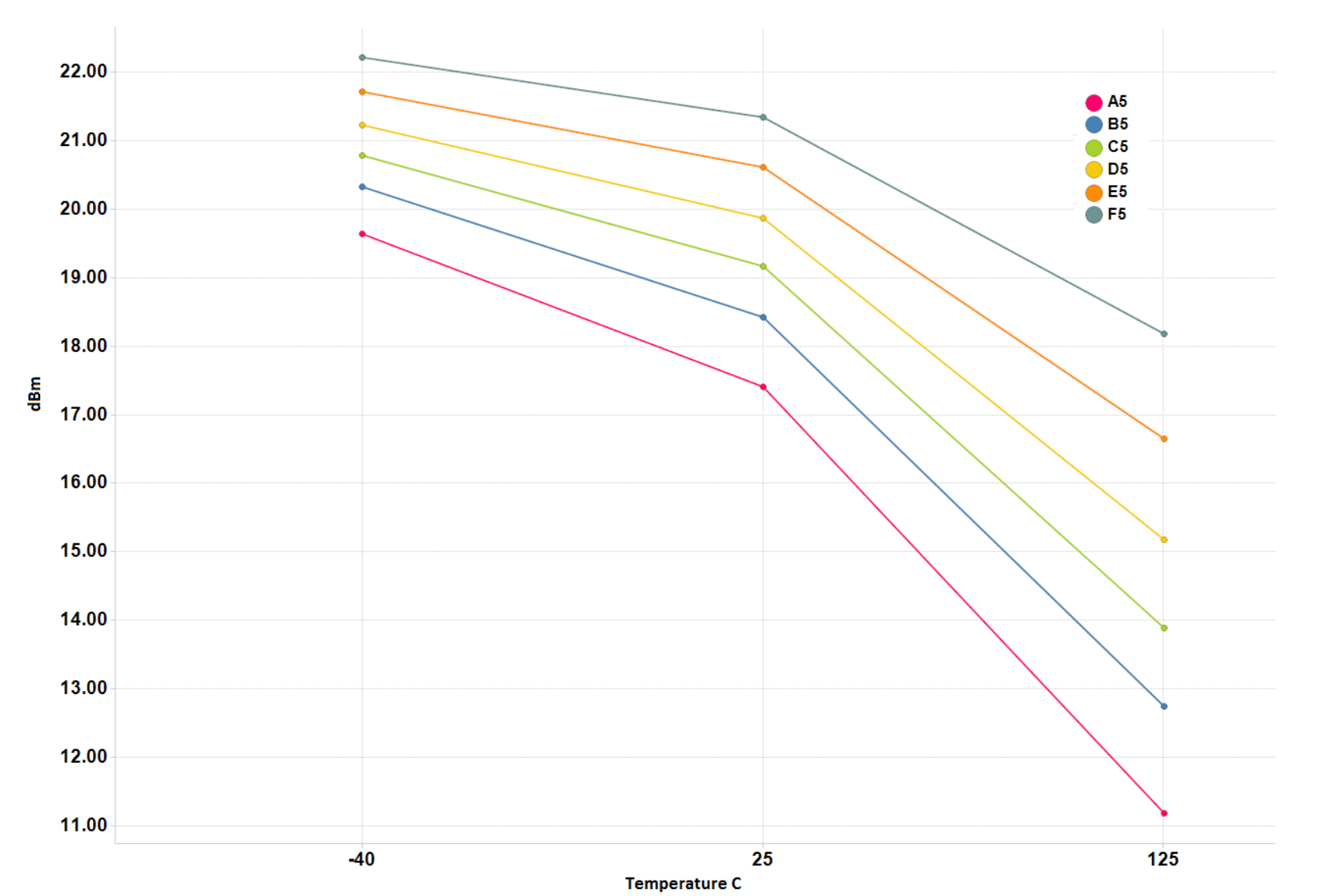 Figure 2. Output Power vs. Temperature
Figure 2. Output Power vs. Temperature 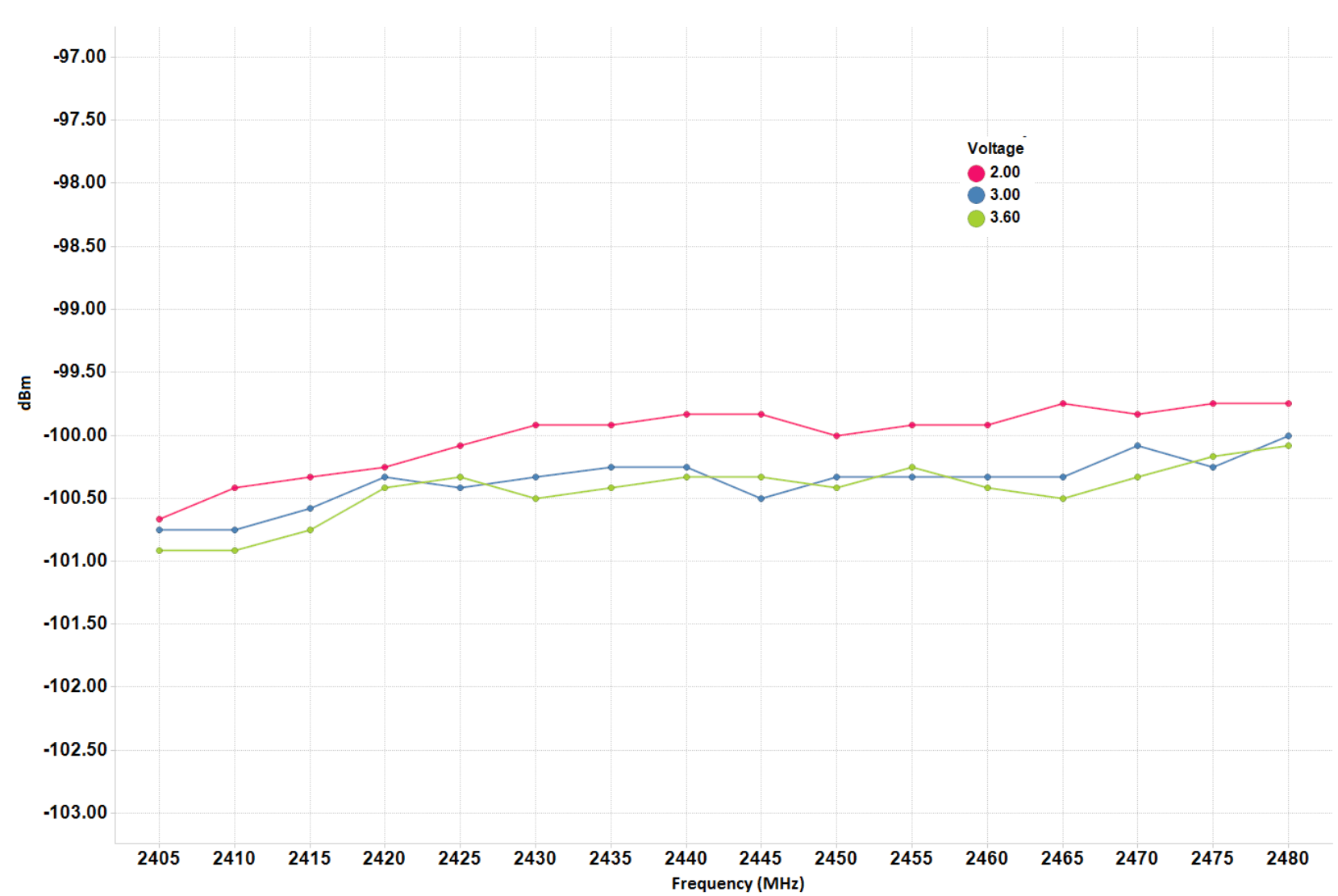 Figure 3. Sensitivity vs. Frequency and Power Supply Voltage
Figure 3. Sensitivity vs. Frequency and Power Supply Voltage 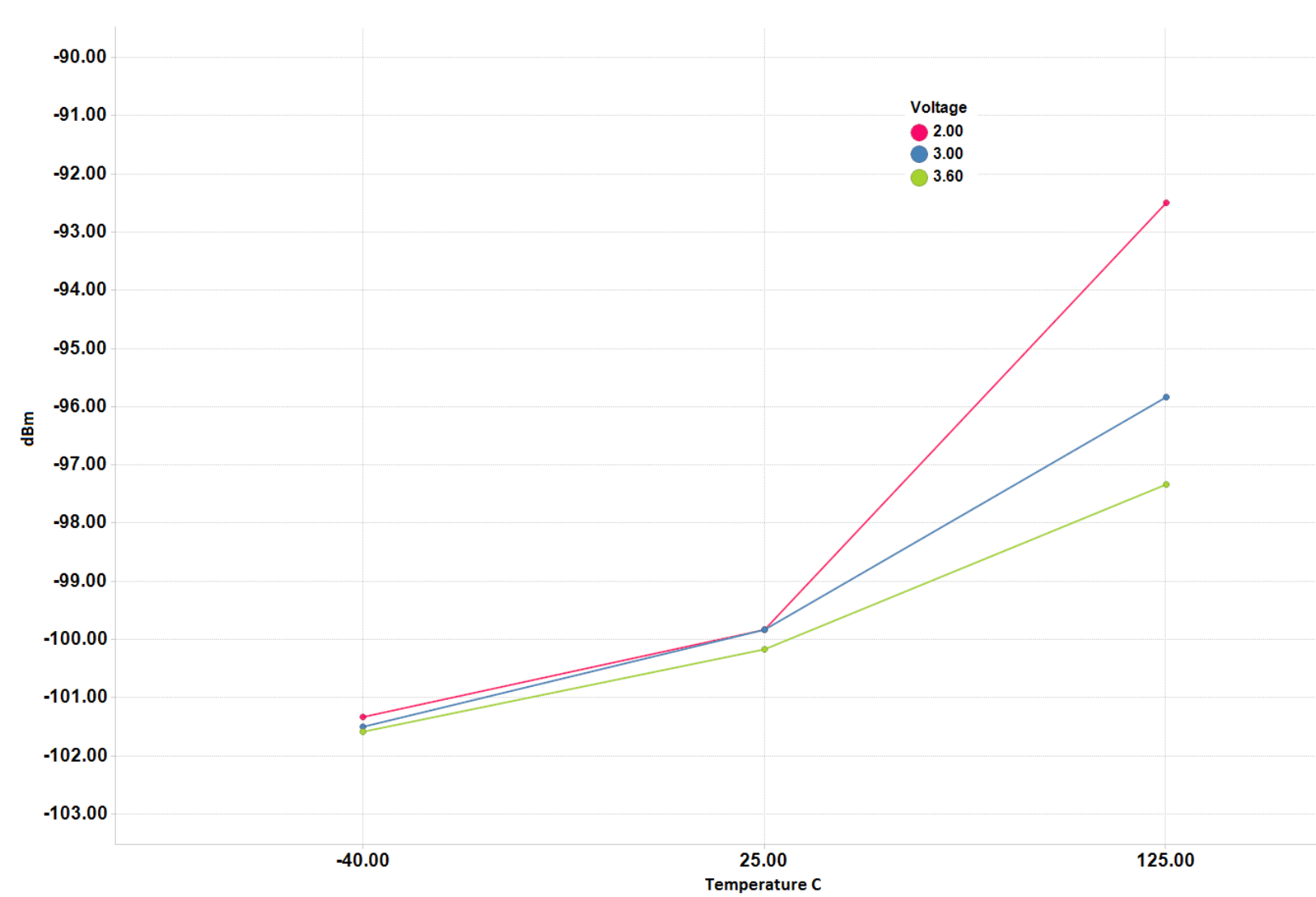 Figure 4. Sensitivity vs. Temperature and Power Supply Voltage
Figure 4. Sensitivity vs. Temperature and Power Supply Voltage 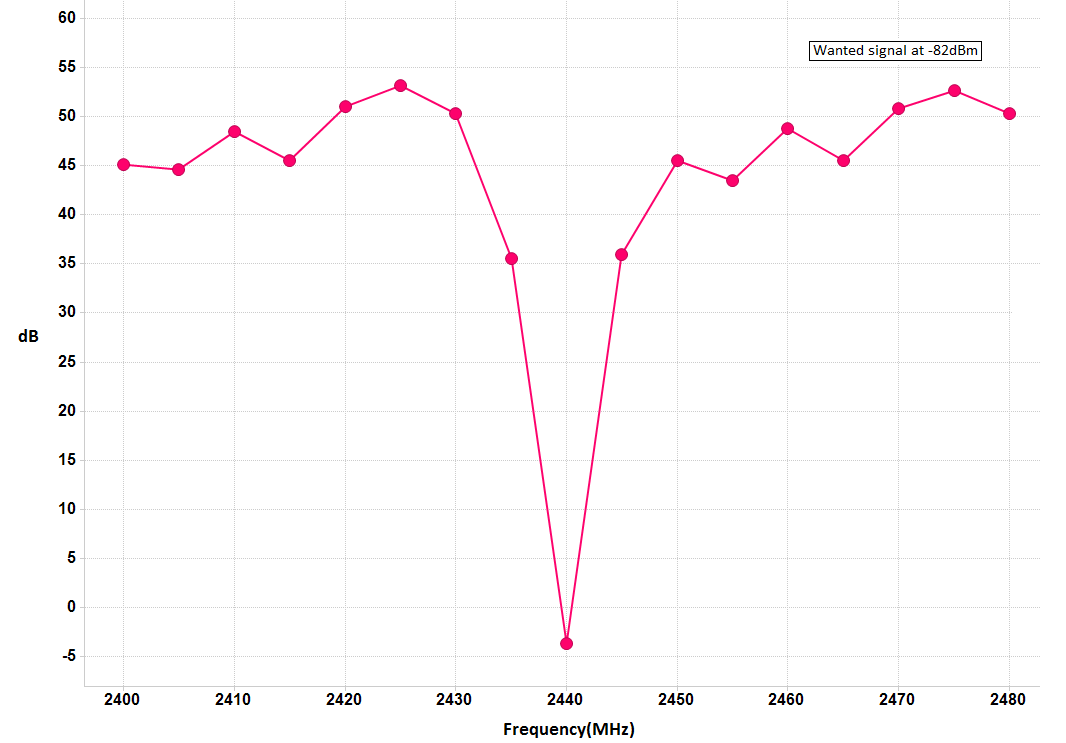 Figure 5. Selectivity Operating at Channel 18 (2440 MHz)
Figure 5. Selectivity Operating at Channel 18 (2440 MHz) 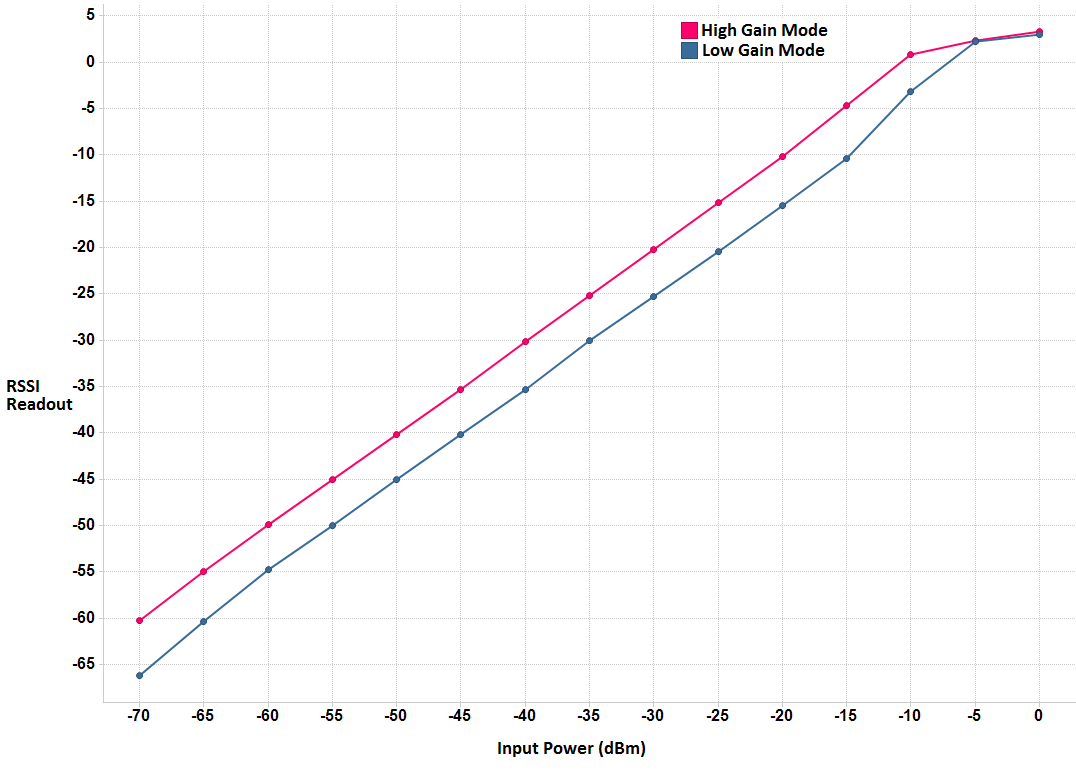 Figure 6. RSSI Readout vs. Input Power
Figure 6. RSSI Readout vs. Input Power